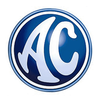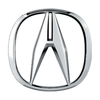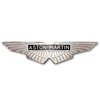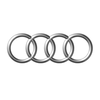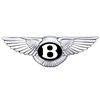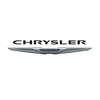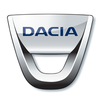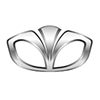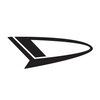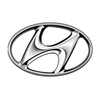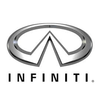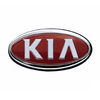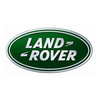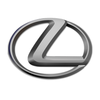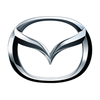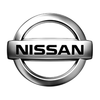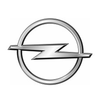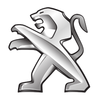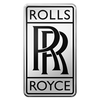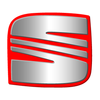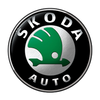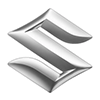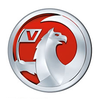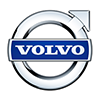how to purchase the correct parts for your car
One would assume that for one of the simplest of all DIY car service, and oil change, that I’ll you’d have to do is walk up to the counter at your local parts store and ask for a filter for your 2014 Ford Focus. Not so fast! Are you aware that there are 12 different versions of engines installed in the 2014 Focus alone, which breaks out into three versions of the 1.0 L EcoBoost, two versions of the 1.5 L EcoBoost, two versions of the 1.5 L EcoBlue Diesel and finally one version of the 2.0 L EcoBlue engine.
Now granted that’s an extreme example, and all those engines don’t use different oil filters. Moreover most people know whether they’re driving a gasoline or a Diesel engine car and most likely know the displacement of the engine. The intent was to point out that with each engine there may be other changes to mechanical or electrical systems in the car that aren’t as easy to identify, and could result in pitfalls on your road to DIY Nirvana.
The most import tool in your box should be the 17 digit VIN number of your vehicle. By law it’s to be permanently fixed to your car. It should also appear in your MoT Logbook. By decoding your car’s VIN number it will identify not just the year, make and model, but where it was built, what engine, transmission were installed, and special features, and it can even be used to determine (roughly) when it was manufactured.
Let’s take this example the RAC provided us. It’s WAUZZZF49HA036784. It can be found in the engine back, on the driver’s door opening, and at the base of the windscreen. By entering the VIN into several of the many online decoders, we have determined that the car was an Audi A4 built in either 2007, 2007-2015, or 2017.
So don’t put all your faith in the decoders. Most don’t seem to be delivered basic information correctly for free, so why pay them a few more pounds for records that be as equally as dubious. The best place to check your VIN is with an authorized dealership that sells that marque.
Alternatively, you may have folded up the window sticker if you’d purchased the car new, and simply folded it up and stashed it inside the owner’s manual. If so, you’ve struck gold as pretty much anything you need to know about the car is listed on that document.
Back to the new car dealer. While this is the more reliable source for parts for your car it’s also the most expensive. So let’s consider the alternatives and how to make sure you end up with the right part at the conclusion of your purpose.
Buying from a national chain is usually a pretty reliable way to purchase the correct part and save a little versus the dealership. In fact, some of the parts you’ll find on the shelves of the chain are the exact same parts the dealership sells. For example Bosch sells starters to the car manufacturers and then sells the same starter to the national chains.
It gets a bit trickier when you’re dealing with an aftermarket replacement part, which is parts that are duplicates of the parts originally installed in your car.
Let’s take a moment to consider aftermarket replacement parts. There’s a wide spectrum that covers them from one end to the other. At the top end are parts manufactured by a well-known brand name company that, perhaps, is a competitor to the original equipment supplier. While they didn’t originally produce the part, they’ve gone to great pains to study, it measure it, establish the tolerances, and make it as close as possible to a perfect replica of the original part.
In the middle are parts that have been replicated by a joint-venture company, based in an emerging economy, but with the guidance of a larger multi-national who brings with it the resources to develop the replacement part correctly as well as the quality-assurance measures all along the production line. The result is a part that is extremely close in quality and fit to the first replacement part described above.
At the bottom are parts manufactured in emerging economies without the outside aide of a more experienced multi-national corporation. The manufacturers might cut corners in design, materials, or quality control. It’s best to avoid these parts as you’ll often find that even if they do fit, it may take some modification on your part to get them to fit properly.
Back to our national chains. For the most part they will stock and the first and second levels of parts listed above. It’s simply not worth the trouble for them to resell the third level parts as they can led to consumer complaints, dissatisfaction, and maybe even the loss of a customer.
Where you might well find the third level parts is online, particularly from someone who appears to be operating from a lock-up. They’ll purchase parts in quality from third level manufacturers and sell them online at prices that are a fraction of what genuine parts would cost. These are best to be avoided.
If you’re truly on a budget an alternative for low price parts is a breaker. And it’s not a bad option. There are many cars that are taken off the road due to collision damages that effected just one end. So a low-mileage Ford Focus that’s been rear-ended and ended up at the breakers isn’t a bad source for underhood components. Prices will be competitive with lower-end replacement parts, plus you’re getting the genuine article.
So let’s run through a few rules when it comes to purchasing parts:
- Know exactly what car you’re seeking to purchase parts for, and you can only do so by having the VIN number in your procession.
- If there’s any concern on your part about getting the exact fit for a critical part, the dealer is the best source. For regular maintenance items, there are less expensive options with nearly equal quality.
- When purchasing replacement parts, make sure you have the old part in your hand. This way you can compare to what the parts retailer ids offering. You may be surprised to find it’s the exact same part from the same manufacturer, at a price much lower than the dealer.
- And don’t throw the old part away until you’re absolutely certain you have the correct replacement.
- If you own a Volkswagen, for example, it’s perfectly OK to install a quality name-brand filter from another manufacturer like Bosch, Fram, or Mann.
- If you’re not familiar with the manufacturer, check to see where the part is manufactured, either on the part itself or the packaging. Is it sold by a major manufacturer as a ’budget’ product, which is ok, or does the manufacturer have no connections to multi-nationals.
- It may sound strange, but keep an eye out for coupons. Most major retailers offer them and you can often find them right on their website.
- When dealing with a breaker, despite his or her cool attitude, they want to move the part you want off the shelf as much as you need it. They need to turn their purchased of a wrecked vehicle into cash, so they can go buy another wrecked vehicle. You can negotiate, but always be polite and respectful.
So if you follow this advice provided your DIY project will go smoothly as you’ll have the correct parts from a fit, finish, quality, and wear perspective.

